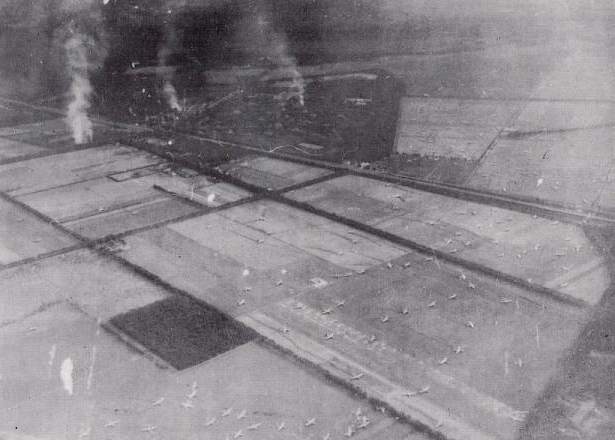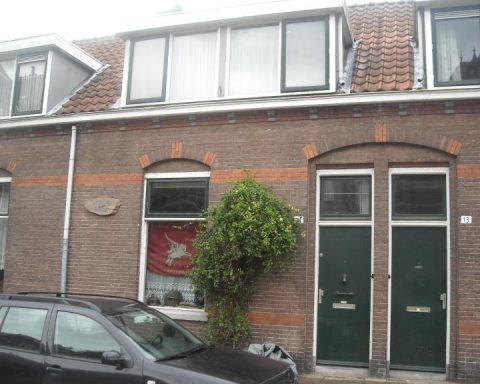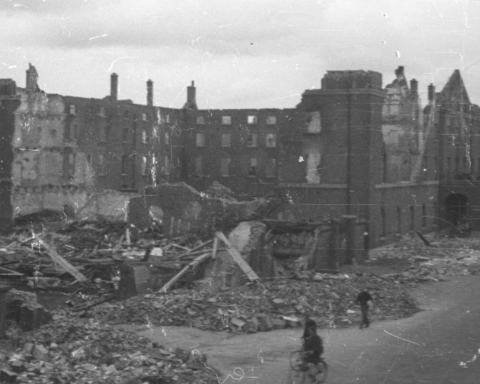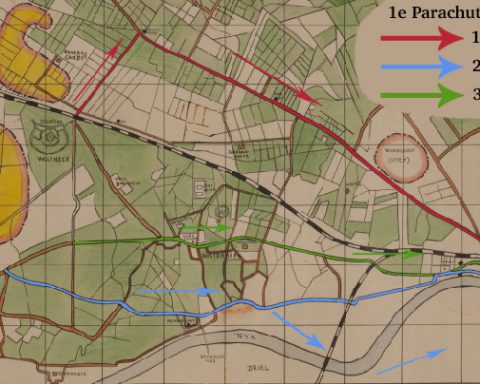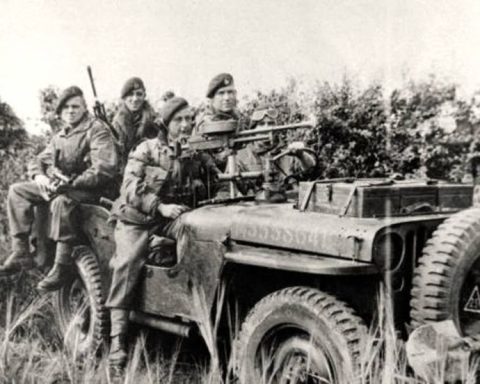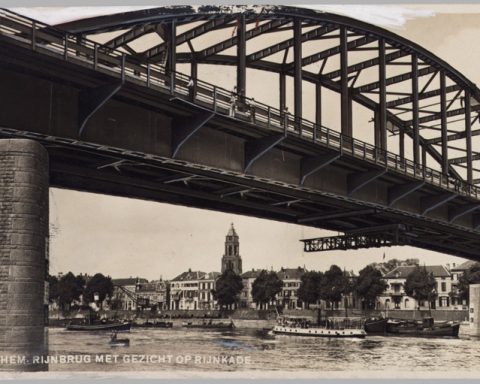An underexposed aspect of the Battle of Arnhem is the impossible task that the 1st British Airborne Division faced on the first day of the landings.
In the first version of the plans for Operation Market Garden, all British paratroopers would land in the operations area near Arnhem on the first day of the operation. But the planners soon discovered that the Allies had too few aircraft at their disposal.
On the day of the landings, airborne troops would not only land at Arnhem, but also at Eindhoven, Son, Grave and Nijmegen. As a result, not all troops could be transported to Arnhem at once.
What played a role was that the British planners had made an incorrect assessment. The original plans for Market Garden, drawn up by British generals Boy Browning and Miles Dempsey, assumed that each transport aircraft could tow two gliders.
The commander of the Troop Transport Command, American General Bill Williams, put an end to this. Due to the distance, the transport planes had insufficient fuel to tow two gliders. Only a single tow was possible. As a result, only half the number of tow planes could take to the air.
Browning and Dempsey wondered whether two ‘airlifts’ in one day were possible, but in mid-September the days were relatively short and the mornings often foggy, both in England and in the Netherlands. According to Williams, this made two starts on one day impossible.
And so for Browning and Dempsey there was no other option: the landing of the entire 1st British Airborne Division and the landing of the 1st Polish Parachute Brigade would have to take place over three days.
5,200 British troops
For this reason, on Sunday, September 17, 1944, the first day of Market Garden, only 5,200 of the 12,000 British and Polish soldiers from the original plans landed near Arnhem.
Because airborne landings would also take place on Monday, September 18 and Tuesday, September 19, it was necessary that the landing areas were occupied by British troops.
For this reason, only a limited part of the airborne troops that landed on September 17 actually had the task of advancing to Arnhem. In fact, only the 1st Parachute Brigade was planned to be deployed as an assault unit on the first day. The 1st Parachute Brigade consisted of threee batalions, totaling 2,700 men.
They would make the eleven-kilometer journey to Arnhem from the landing zones west of Wolfheze in three different routes. The 1st Battalion would take the ‘Leopard route’. This was the northern route via the Amsterdamseweg.
The 3rd Battalion would take the ‘Tiger route’. This ran via the Utrechtseweg via Oosterbeek and the Elisabeth Gasthuis to the center of Arnhem. The 2nd battalion of the 1st paratroop brigade, led by Colonel John Frost, was tasked with securing the river crossings across the Rhine.
It is a misconception that Frost only had to capture the Rhine Bridge, as many people think. In addition to the Rhine Bridge, Frost’s men also had to secure the railway bridge at Oosterbeek and the ship bridge in the center of Arnhem.
However, the railway bridge was blown up by the Germans as the British approached. Part of the ship bridge was simply removed by the Germans and placed in the ASM harbour.
The scouts of Freddie Gough’s Reconnaissance Squadron had been ordered to race straight to the bridge in jeeps to capture it from the Germans. However, due to problems unloading from the gliders and German resistance, Gough did not arrive at the Rhine Bridge until after John Frost.
Impossible assignment
All in all, the assignment that the British had at Arnhem on Sunday, September 17, was impossible.
Just over 5,000 British airbornes were tasked with forming a bridgehead in enemy territory from Wolfheze to the Rhine Bridge: an area of more than eleven kilometers.
Although the Rhine Bridge near Arnhem was the main objective of the airborne operation, the British paratroopers had been tasked with creating a defensive perimeter around Arnhem.
In the east, the British intended to occupy the bridge over the IJssel near Westervoort. In the south, the British would have to occupy Elden and Malburgen and in the west, the troops of the Kings Own Scottish Border (KOSB) would have to defend the landing zones and drop zones west of Wolfheze against German attacks.
Even without the presence of German troops, it would have been an enormous task to achieve these goals within 24 hours.
Thanks to the large German force near Arnhem and the lightning-fast response of the Germans after the airborne landings, it was clear a few hours after the airborne landings that the original plans for Operation Market Garden in the landing area near Arnhem could be scrapped.

